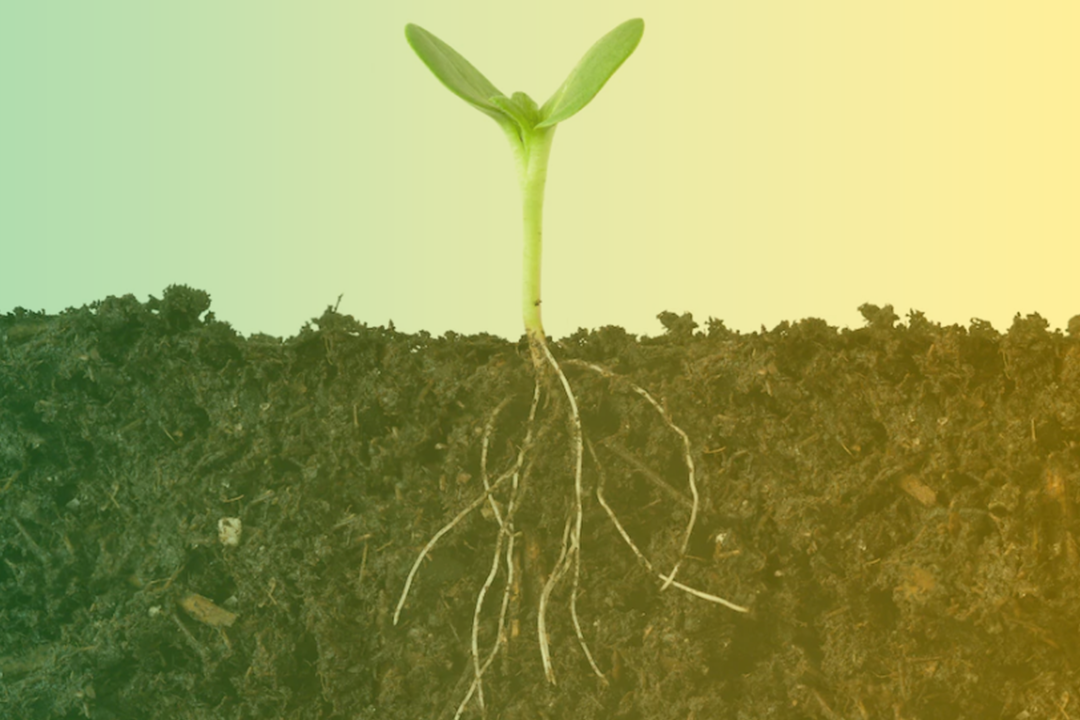High-throughput phenotyping is mainly concerned with the characterisation of above-ground vegetation, as it is easier to acquire data on the canopy at lower cost with drones, robots, tractors and gantries. But the above-ground part of the plant explains most of the yield components and the light capture capacity of the plant. Another key player in plant resilience, and one often forgotten in field phenotyping programmes, are the roots. The root architecture of the plant, its developmental dynamics, will describe how the crop can access the necessary water and minerals iCOn the different soil layers. Understanding this part can help to predict the behaviour of the crop.
The challenge then is to acquire meaningful data. The term “shovelnomics” covers the various invasive methods currently used in agronomy, which often involve taking a shovel into the field to dig up the plant, clean the root from the soil and measure the various aspects. However, this prevents access to the root dynamics. Another method currently in use is minirhizotron: transparent plastic tubes inserted under the crop. A camera can be inserted into the tube on a regular basis to obtain an image of the root visible from the tube. Although much less invasive, it does not give as much detail of the architecture as shovenomics, and it also influences root dynamics by creating a more favourable environment for storing water.
The development of non-invasive techniques and platforms is therefore crucial, especially in the context of high-throughput phenotyping. Promising techniques, such as the use of soil conductivity (e.g. the EM-38 scanner which measures the apparent electrical conductivity of bulk soil) can help to monitor root dynamics in 3D, but data analysis remains difficult.

